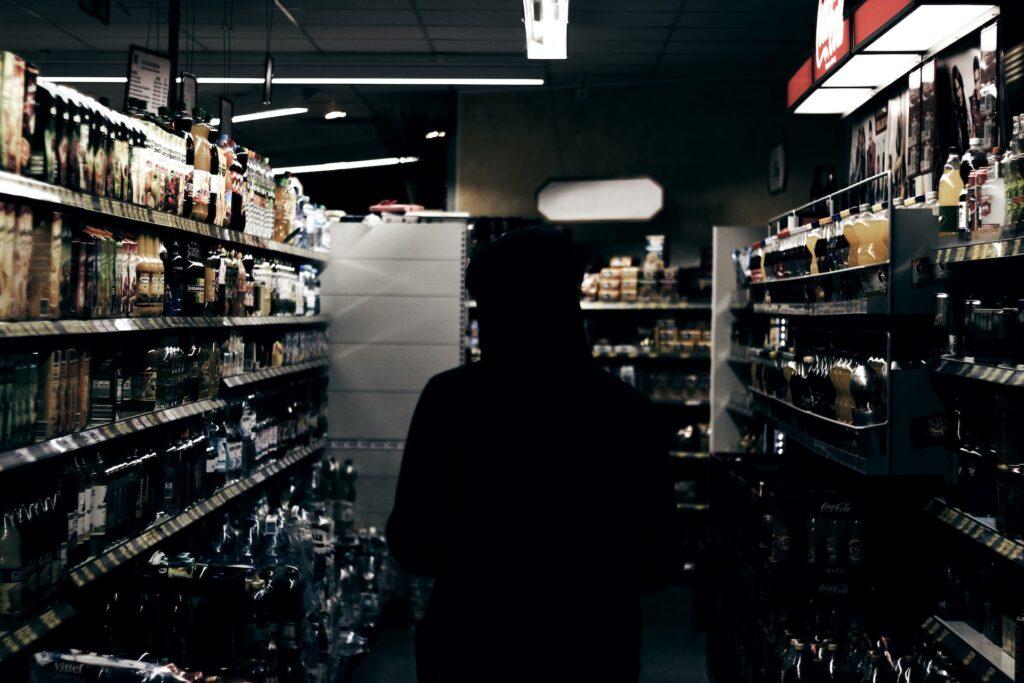Januártól jönnek a kötelező visszaváltási díjas termékek
From January 1, 2024, the mandatory redemption system will start, which affects beverage products with a capacity of 0.1-3.0 liters in plastic, metal or glass packaging. The redemption fee – HUF 50 per bottle – does not increase the producers’ income, but serves to implement more efficient and sustainable waste management, the National Chamber of Agrarian Economy (NAK) told MTI on Monday.

According to the announcement, the biggest innovation affecting consumers is that they can purchase products with an increased exchange fee even in the case of non-reusable packaging. It was highlighted: consumers will encounter higher prices in stores due to the redemption fee, however, after the redemption, they can receive this fee in up to three ways.
The Mol Hulladékzágászólji Zrt. (MOHU), which operates the mandatory redemption system, is developing an automatic and manual redemption network with nationwide coverage so that customers can get back the redemption fee included in the consumer price.
The mandatory redemption fee applies to bottles registered by manufacturers and the first domestic importers in the MOHU system and placed on the market after January 1, 2024. These products will be identified with a logo and a new barcode – they write.
Related news
NAK: it’s worth buying Hungarian sausages on New Year’s Eve too
🎧 Hallgasd a cikket: Lejátszás Szünet Folytatás Leállítás Nyelv: Auto…
Read more >This year, 10 percent more new wine was produced than last year
🎧 Hallgasd a cikket: Lejátszás Szünet Folytatás Leállítás Nyelv: Auto…
Read more >More than 100 Hungarian farmers also demonstrated in Brussels
🎧 Hallgasd a cikket: Lejátszás Szünet Folytatás Leállítás Nyelv: Auto…
Read more >Related news
2025 was a black year for the Hungarian food industry: product lines under pressure on multiple fronts
🎧 Hallgasd a cikket: Lejátszás Szünet Folytatás Leállítás Nyelv: Auto…
Read more >The GVH imposed fines of more than 3.7 billion forints on 29 companies in 2025
🎧 Hallgasd a cikket: Lejátszás Szünet Folytatás Leállítás Nyelv: Auto…
Read more >Hungary’s economy in 2025: recovery from slowdown, weaker forint and the increasing importance of corporate strategic decisions 2026 will be a test of resilience
🎧 Hallgasd a cikket: Lejátszás Szünet Folytatás Leállítás Nyelv: Auto…
Read more >






